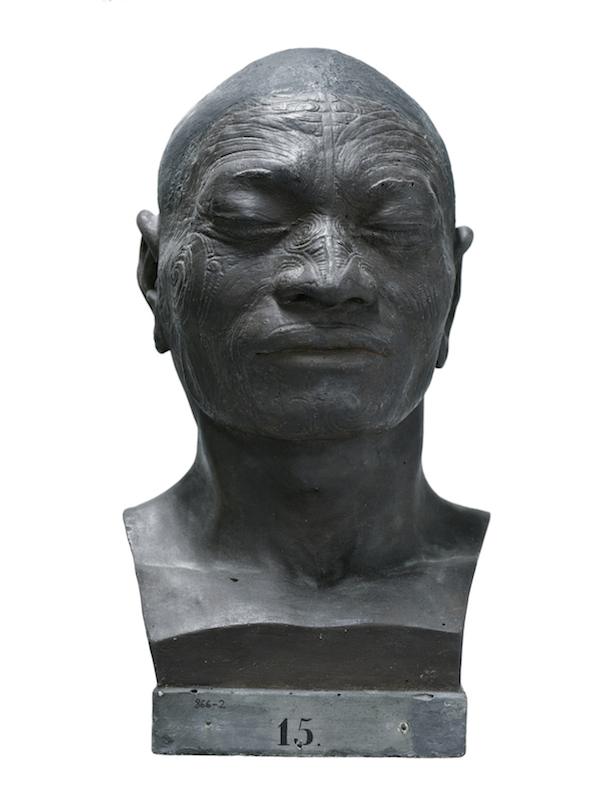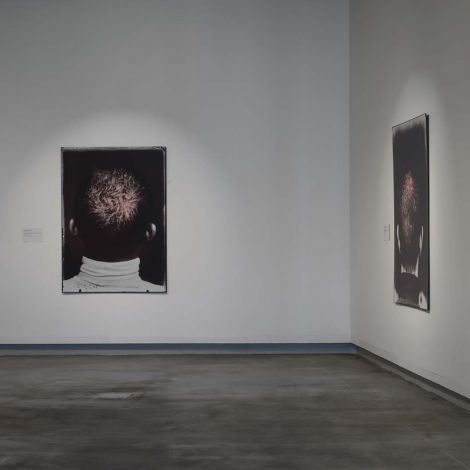
Guest curator: Professor Susan Best
How do artists represent the disempowered without evoking pity or voyeurism?
Rosângela Rennó and Fiona Pardington, artists based in the southern hemisphere (Brazil and New Zealand), take a reparative approach to this topic. Their powerful portraits are not, however, redemptive or restorative in the straightforward way one might suppose. For them, reparative aesthetics signals the capacity to assimilate the consequences of destruction and violence.
Secondary school education resource
This resource has been developed by Griffith University Art Gallery in partnership with Griffith University 4th Year Bachelor of Secondary Education (Visual Arts) students for secondary school students attending the exhibition.
Download the Reparative Aesthetics education resource.
Panoptic Press presentation
Professor Susan Best presented a lecture entitled 'Reparative Aesthetics Witnessing in Contemporary Art Photography' at The Finest Art Seminar Series Today (FASST II) on Sunday 26 July 2015. View Sue’s insightful presentation below. Video by Panoptic Press, published 1 October 2015.

Image: Portrait of a life cast of Matoua Tawai, Aotearoa/New Zealand, from 'Ahua: A beautiful hesitation' series 2010, archival pigments on 308gsm Hahnemuhle photo rag, 146 x 110cm, University of Sydney Art Collection. Purchased with funds from the Renshaw bequest 2014. Courtesy: Musée de l'Homme (Muséum National d'Histoire Naturelle), Paris, France.
Reparative Aesthetics Witnessing in Contemporary Art
Professor Susan Best
Art After Hours
Wednesday 1 June 2016, 6 pm
Please join us for refreshments and hear from Reparative Aesthetics curator, Professor Susan Best speaking about her research into the affective dimension of art and artist Rosângela Rennó (Brazil). Aaron Lister, curator of Fiona Pardington: A Beautiful Hesitation (Wellington City Gallery 2015) and which is currently on display at Auckland Art Gallery Toi o Tāmaki (touring Christchurch Art Gallery Te Puna o Waiwhetu, NZ) will present an overview of Fiona Pardington’s wider practice.





